Quentin van Van Doosselaere0521897920, 9780521897921, 9780511517907
Table of contents :
Half-title……Page 3
Title……Page 5
Copyright……Page 6
Dedication……Page 7
Contents……Page 9
List of Figures……Page 11
List of Tables……Page 13
Published Primary Sources……Page 15
Acknowledgments……Page 17
1 From Sword into Capital……Page 19
Medieval social and economic development……Page 22
Social Foundation of Economic Development……Page 23
Opportunistic Merchant……Page 27
Genoa Long-Distance Trade……Page 28
Dynamic of Social Ties……Page 30
Medieval data……Page 31
Notarial Records……Page 32
Other Primary Sources……Page 35
Scope, Periodicity, Monetary Scale, and Profits……Page 36
Organization of the book……Page 39
2 Genoa at the Dawn of the Commercial Expansion……Page 43
2.1. The feudal commune……Page 44
Origin……Page 45
Dynamics of Social Organization……Page 46
Military Ventures……Page 48
Crusades……Page 49
The Commune’s Foundation……Page 52
Formal organization……Page 54
Local Lordship……Page 56
Commercialization of Feudal Privileges……Page 57
Church……Page 59
Public Office and Public Debt……Page 61
2.2. Genoa and medieval trade to 1150……Page 63
Early Medieval Trade……Page 64
Genoa in Early Medieval Mediterranean Trade……Page 66
Merchant Network……Page 68
European trade network……Page 69
Eastern Commercial Network……Page 71
Trust Network……Page 74
2.3. Linking two worlds……Page 75
3 Equity Partnerships for Heterogeneous Ties……Page 79
3.1 Commenda: a staple framework for occasional partners……Page 81
Equity Partnerships……Page 84
Origin of the Commenda……Page 85
Goods……Page 87
Autonomy and Improvisation……Page 91
Destinations……Page 94
3.2. JANUENSIS ERGO MERCATOR: THE MULTIVALENT GENOESE……Page 96
Onomastic Considerations……Page 98
Gender……Page 100
Economy and Occupation……Page 104
Sailing……Page 105
Industry……Page 107
Professions……Page 109
Status and Politics……Page 111
Tracing Lineage……Page 113
Lineage Dynamics and Politics……Page 114
3.3. Network dynamics: from clientelism to corporatism……Page 118
Occasional Partnerships and Sampling……Page 119
Hierarchy……Page 122
Integration……Page 127
Partner Selection……Page 129
Status as a “Rewiring” Attribute……Page 131
Occupation as Network “Rewiring”……Page 133
4 Credit Network for Routinized Merchants……Page 136
The Rise of Commoners……Page 138
4.1 Medieval credit instruments……Page 141
Sample……Page 142
Sample selection criteria……Page 143
Periodicity……Page 145
Sea Loans……Page 147
Exchange Contracts……Page 149
Overland Cambium……Page 150
Maritime Exchange……Page 151
Promissory Notes……Page 153
Personal Surety……Page 155
4.2 Credit network for regular traders……Page 157
Occupation……Page 158
Gender……Page 160
Career……Page 162
Density of Credit Network……Page 164
4.3 Merchants……Page 166
Places of Origin……Page 168
Ligurians……Page 169
Foreigners……Page 170
Drapers……Page 173
Bankers……Page 176
Commoners……Page 179
Aristocrats……Page 183
Credit partner selection among the elites……Page 186
5 Insurance Ties for Oligarchic Cohesion……Page 188
State Decline……Page 189
5.1. Genoese Clans……Page 194
Kinship Ties in Genoa’s Medieval Commerce……Page 196
Trade and Alberghi……Page 198
5.2. Third-party Insurance……Page 200
Antecedent……Page 202
Risk……Page 203
Maritime Insurance……Page 204
Merchants as Underwriters……Page 206
Individual Risk Covered……Page 207
Premium……Page 209
5.3. Oligarchic families……Page 212
Core/Periphery……Page 214
Leading Clans……Page 215
Cohesion……Page 218
Insurance Pairings……Page 220
Test……Page 222
Elite Cohesion……Page 223
6 Conclusion……Page 226
Appendix A Sample of Prices and Income (in £)……Page 233
Appendix B Sample of Long-Distance Trade Participants’ Occupations, 1154–1400……Page 235
Appendix C Commenda Network Graphs……Page 237
Appendix D Nodal Degree Distributions of Commenda Networks, 1154–1315……Page 241
Appendix E List of Top Mercantile Nonaristocratic Families, 1375–1450……Page 243
Appendix F Partner Selection Probability Model……Page 245
Primary Sources……Page 251
Secondary Works2……Page 253
Index……Page 273
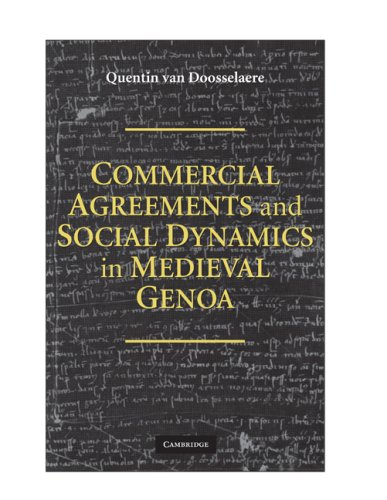

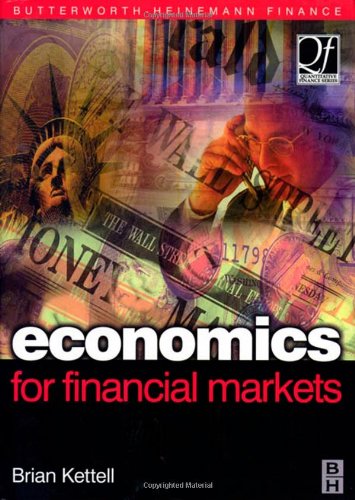
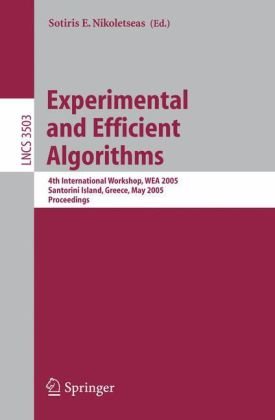
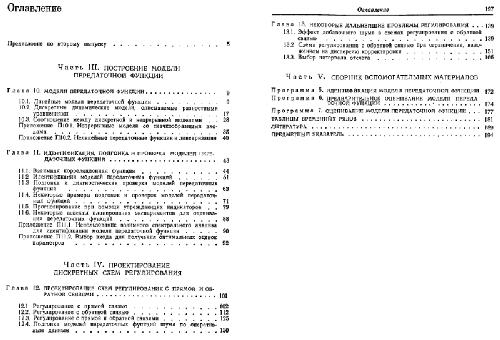

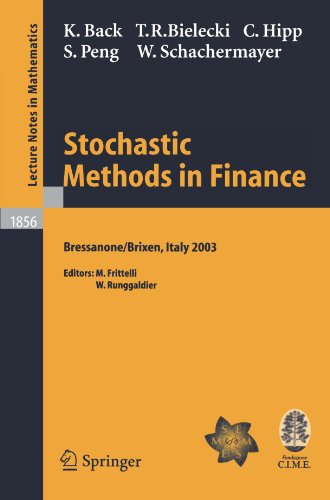
Reviews
There are no reviews yet.